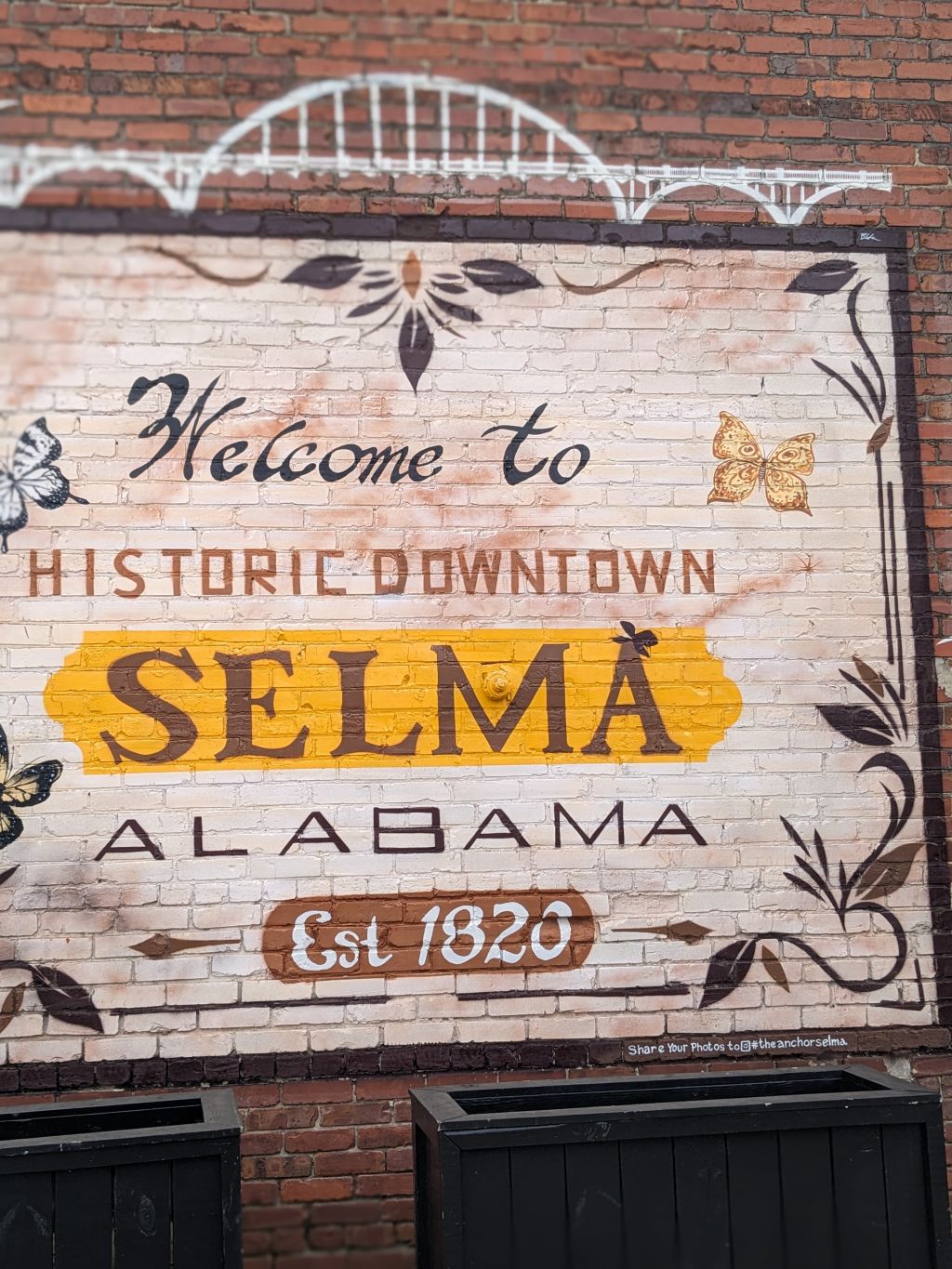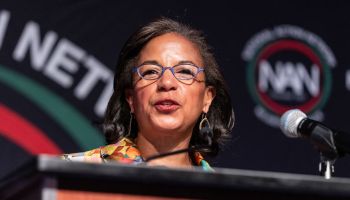
Source: Chip Somodevilla / Getty
On January 12, 1865, a group of African American ministers met with General William T. Sherman to advocate for land as a form of reparative justice. The meeting was held in Savannah, Georgia, with Rev. Garrison Frazier, described as “of pure African blood,” leading the cause. Reverend Frazier told General Sherman, “The way we can best take care of ourselves is to have land, and turn it and till it by our own labor…and have something to spare.”
Four days later, General Sherman issued Field Order No. 15 to disperse 400,000 acres of land to formerly enslaved African Americans, now commonly referred to as the promise of “forty acres and a mule.” President Andrew Johnson reversed the order following the assassination of President Lincoln. Thirty-three years later, in 1898, Callie Guy House and Isaiah Dickerson founded the National Ex-Slave Mutual Relief, Bounty and Pension Association in Tennessee.
The promise of “40 acres and a mule” to formerly enslaved African Americans in Georgia and South Carolina is used as a long-standing reference point and serves as a reminder of the Southern influence on the modern-day reparations movement. In the 1960s and ’70s, the Republic of New Afrika, including Audley “Queen Mother” Moore, advocated for land delegated to Black America to establish a sovereign Black nation in “South Carolina, Georgia, Louisiana, Alabama, and Mississippi.”
An effort to study and develop a reparations proposal was finally introduced in 1989 by the late Rep. John Conyers Jr. at the urging of activist “Reparations Ray” Jenkins. The H.R. 40 – Commission to Study and Develop Reparation Proposals for African Americans Act pays homage to the forty acres and a mule promise. The legislation finally moved out of the House Judiciary Committee in 2021. But progress has stalled, and reparationists are now advocating for President Biden to issue an Executive Order to establish the commission.
Meanwhile, local reparations commissions have spread across the country. The two most notable local reparations initiatives are Evanston, Illinois, the first city in America to pay reparations to Black residents, and the California Reparations Task Force, the first state Task Force on reparations in the nation. Other reparations initiatives have been started in various cities and states, including New Jersey, Greenbelt, Maryland, Asheville, North Carolina, Providence, Rhode Island, Cambridge and Boston, Massachusetts. The State of New York is also working on a possible reparations bill.
All local reparations initiatives are necessary to drive forward the goal of reparative justice for Black America. However, a national plan is still needed to transform Black life everywhere and significantly impact the Black South. Black communities in Southern states have some of the highest rates of poverty and healthcare inequity. “Slave Past, Modern Lives: An Analysis of the Legacy of Slavery and Contemporary Life Expectancy in the American South,” a study from the University of Texas at Austin, found that “counties in former slave states that had higher proportions of enslaved people in 1860 also had lower black life expectancy, on average, between 2016 and 2018.”
Southern states remain an important part of any effort to address slavery, considering over 40% of enslaved Africans brought to the United States came through Charleston, South Carolina. An estimated 56% of the U.S. Black population resides in Southern states. Also, a reverse migration is currently happening back to Southern states among African Americans. For communities living within the former Confederacy, local reparations initiatives are likely to face uphill battles. Federal legislation may be the only way for most Black Southern communities to be covered by a reparations plan.
Furthermore, many Black residents currently located in other parts of the country are descendants of Black Southerners that migrated. For example, Dr. Shirley N. Weber, author and champion of the legislation creating the California Reparations Task Force, moved to California as a child with her family from Arkansas, fleeing from a racist mob. Likewise, many Black Californians are descendants of migrants from Southern states. In numerous cases, ancestral claims for slavery-focused reparatory justice are interconnected with Southern states. This could complicate local reparations initiatives outside of the South that attempt to limit reparative justice eligibility requirements based on proof of enslavement.
Will the California legislature approve slavery reparations for African Americans, including those descended from ancestors enslaved outside of the state? Time will tell. However, California’s progressive stature has its limits. For example, the California legislature rejected an involuntary servitude amendment. Thus, while California is making history with its reparations task force, its legislature has decided to keep a significant remnant of slavery – forced Black labor for the financial benefit of the state. These types of legislative contradictions are not uncommon and highlight the need to prepare for other potential issues. One possible solution for Southern Black migrants and their descendants could be to include Jim Crow as part of reparations eligibility requirements.
For now, regardless of location, reparations initiatives will have to navigate the Southern locality and origins of many African Americans and explore how these interconnections impact work towards local and national plans for reparatory justice today.
To secure the future of reparations for Black America, remember the Black South.
Jessica Ann Mitchell Aiwuyor is the founder of the National Black Cultural Information Trust, Inc.
SEE ALSO:
OP-ED: For Reparations, Black America Needs Power, Not New Names
40 Acres And A Mule: What Are Reparations And Why Is The Concept So Polarizing?











